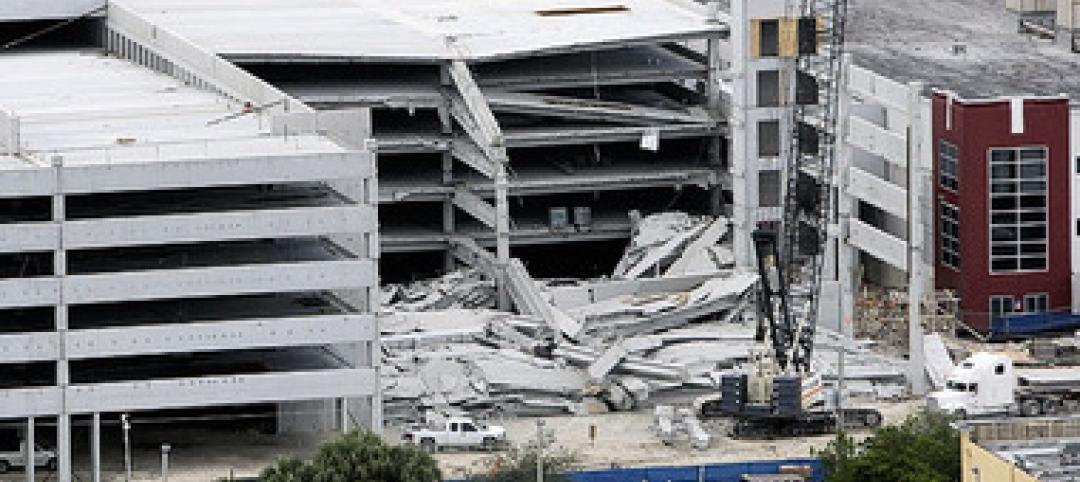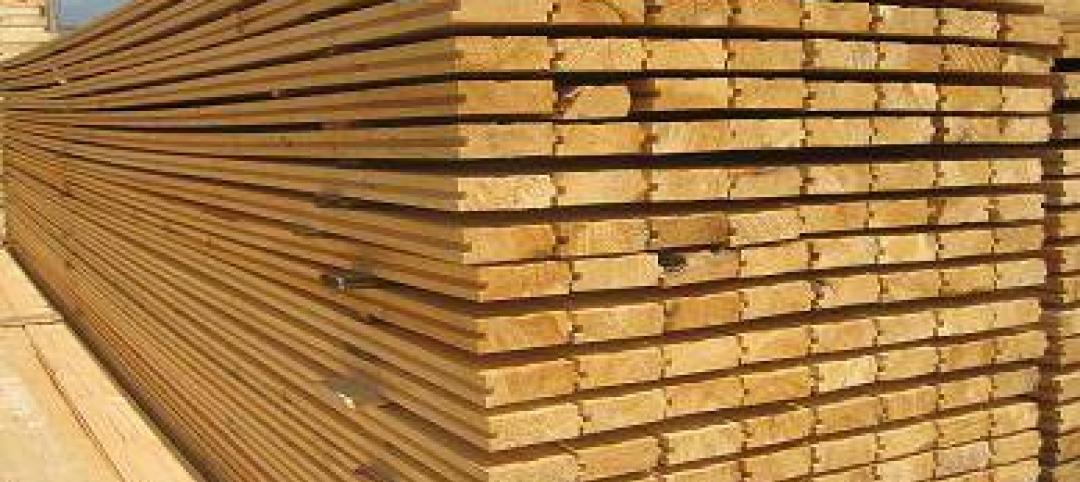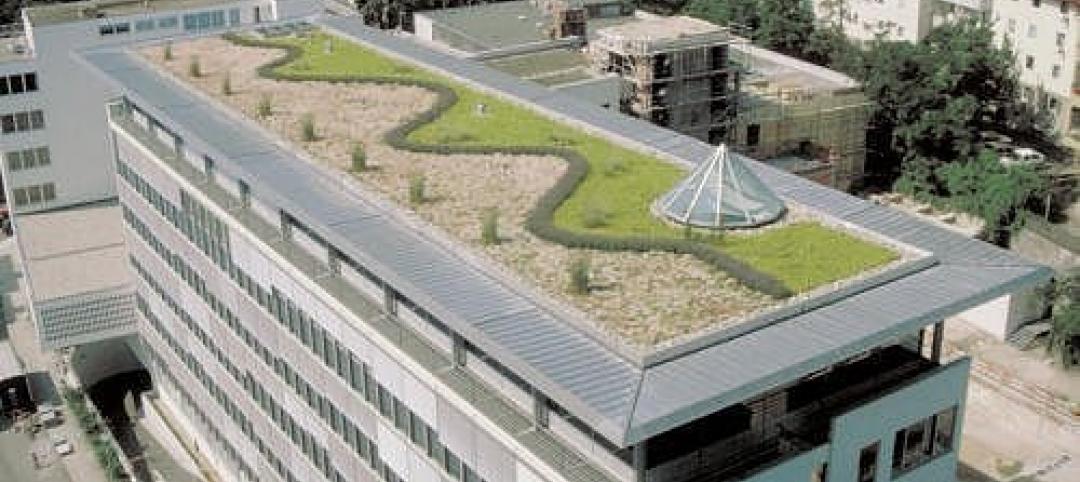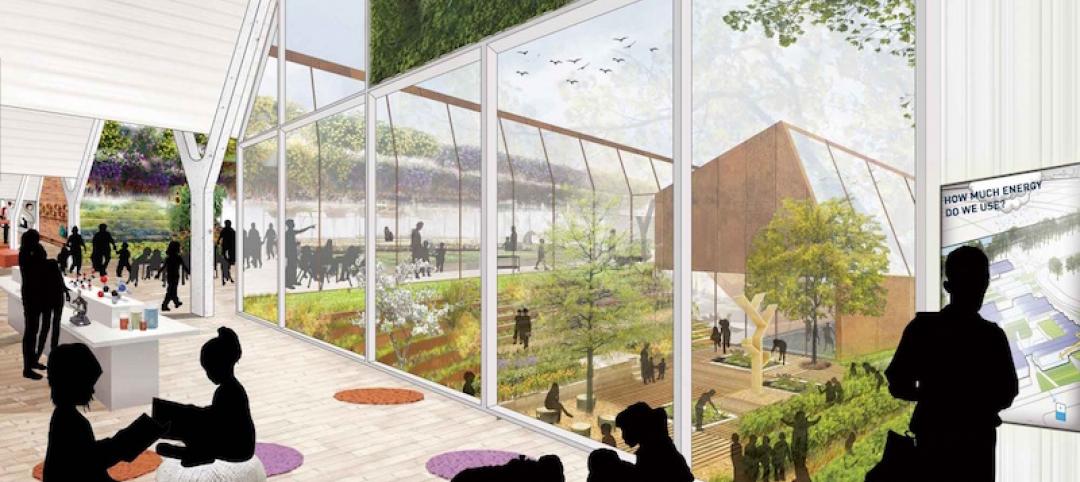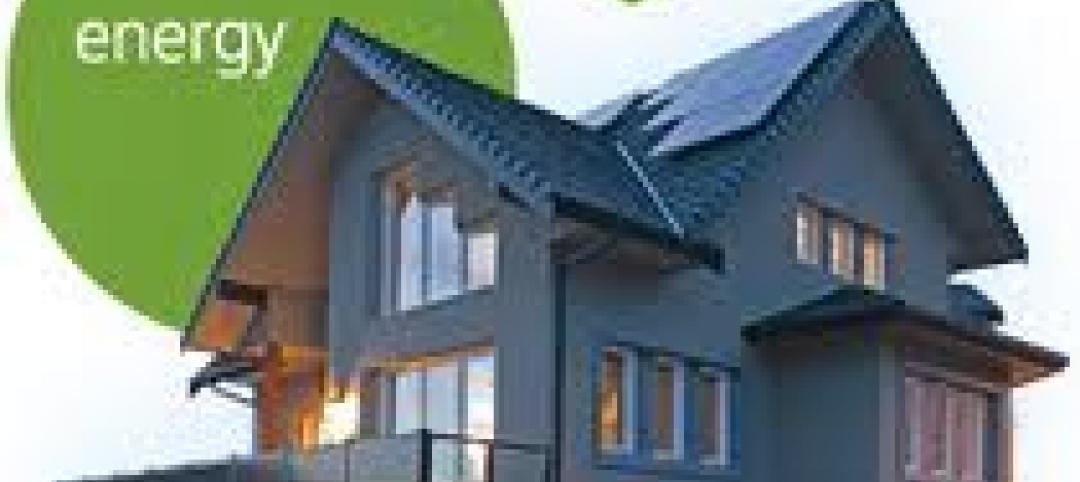A new publication is intended to help build K-12 schools with advanced levels of energy savings.
Advanced Energy Design Guide for K-12 School Buildings – Achieving Zero Energy, is a joint effort by ASHRAE, AIA, IES, and USGBC, with support and funding from the U.S. Department of Energy (DOE) through the National Renewable Energy Laboratory (NREL). It is the first in a series of guides that is tailored to the design and creation of zero energy buildings.
“The guide builds upon the popular 50% advanced energy design guide series with new and updated recommendations on energy efficiency,” says Paul Torcellini, project committee chair. “Additionally, it provides guidance for on-site renewable energy generation and establishes a set of energy performance goals for achieving zero energy. The goals are provided for all ASHRAE climate zones, in both site and source energy.”
How-to tips provide guidance for specialty areas—building and site planning, envelope, daylighting, electric lighting, plug loads, kitchens and food service, water heating, HVAC, and renewable generation. The document provides guidance on how to connect zero energy and teaching and learning.
Related Stories
| Oct 31, 2012
Construction error suspected in Miami-Dade College garage collapse
A construction error is the chief suspect in the partial collapse of a parking garage at Miami-Dade College in Doral, FL.
| Oct 31, 2012
New European laws on timber will go into effect in March 2013
A new European Union timber regulation prohibits the “placing on the market of illegally harvested timber or timber products derived from such timber.”
| Oct 31, 2012
MIT models show roofs' capacity for solar energy in Cambridge, Mass.
A new mapping tool from the Massachusetts Institute of Technology and a Boston design firm can calculate rooftops' capacity for solar energy.
| Oct 31, 2012
Demand for living roofs, walls to reach $7.7 billion by 2017
The demand for green roofs and living walls is expected to climb from $5.3 billion in 2011 to $7.7 billion in 2017, according to a report from Lux Research.
| Oct 25, 2012
Philadelphia councilmen move to crack down on contractors working without licenses, permits
Two Philadelphia city councilmen are trying to crack down on the "underground economy" of developers and contractors who work without licenses and permits, pay cash under the table, and operate unsafe job sites.
| Oct 25, 2012
OSHA and NIOSH offer Spanish version of nail gun safety document
The Occupational Safety and Health Administration and the National Institute for Occupational Safety and Health have made available a Spanish version of “Nail Gun Safety - A Guide for Construction Contractors.”
| Oct 25, 2012
AGC holding webinar on sequestration’s potential impacts on the construction industry
AGC will hold a free webinar on sequestration and its potential impact on federal construction contractors on Nov. 7.
| Oct 25, 2012
Nashville providing incentives for green roofs
The city of Nashville, Tenn., is promoting the installation of green roofs through a measure providing a $10 reduction in a property's sewer fees for every square foot of vegetative roof.
| Oct 25, 2012
Net Zero buildings will use operating systems like computers to save energy
As buildings become more efficient and begin to use distributed electricity generation, they will need to become “smarter,” using operating systems much as a computer does.



